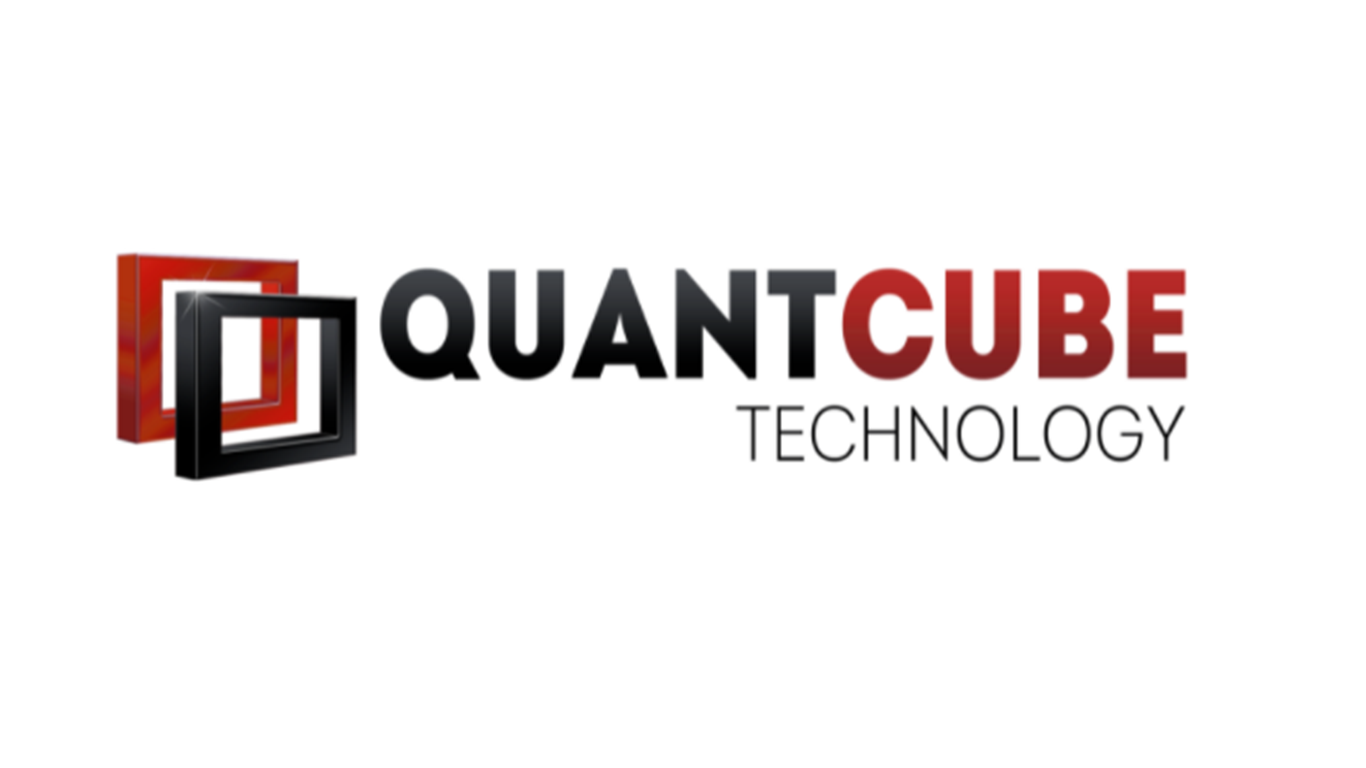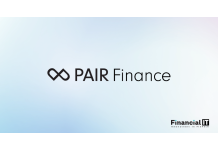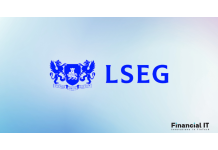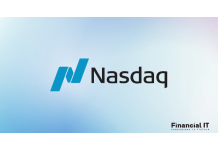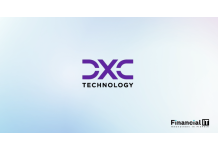IBM and Groq Partner to Accelerate Enterprise AI...
- 24.10.2025 12:18 pm
PayNearMe Enhances PayXM™ With Rollout of AI-Powered...
- 24.10.2025 10:35 am
Domino Empowers Enterprise IT Teams to Deliver AI ROI...
- 23.10.2025 03:00 pm
Vivid Money Launches AI Employees to Tackle the €61...
- 23.10.2025 11:45 am
CloudWalk Surpasses $1.2 Billion in Annualized Revenue...
- 22.10.2025 11:05 am
AI Fintech PAIR Finance Expands into Italy with New...
- 14.10.2025 08:05 am
LSEG and Microsoft Transform Access to AI-Ready...
- 13.10.2025 05:45 pm
Symphony Launches the First Agentic AI Layer for...
- 13.10.2025 09:05 am
Nasdaq eVestment™ Unveils AI-Ready Data Infrastructure...
- 08.10.2025 04:15 pm
FE fundinfo Launches Nexus AI, Its Purpose-Built AI...
- 08.10.2025 11:45 am
DXC Launches Assure Broking Essentials: AI-Powered...
- 07.10.2025 02:55 pm
Index Engines™ and Hitachi Vantara Advance Enterprise...
- 06.10.2025 03:45 pm

